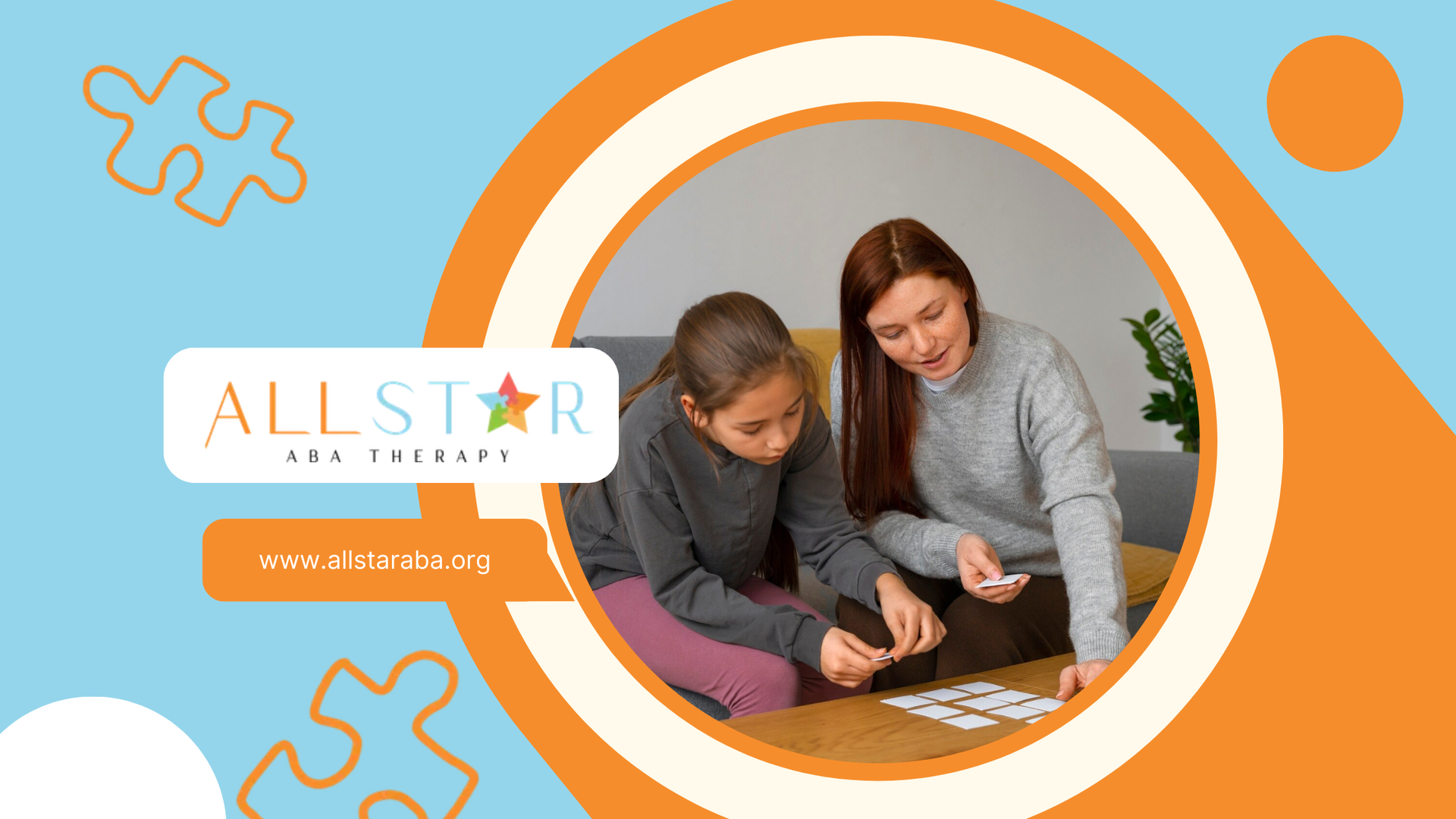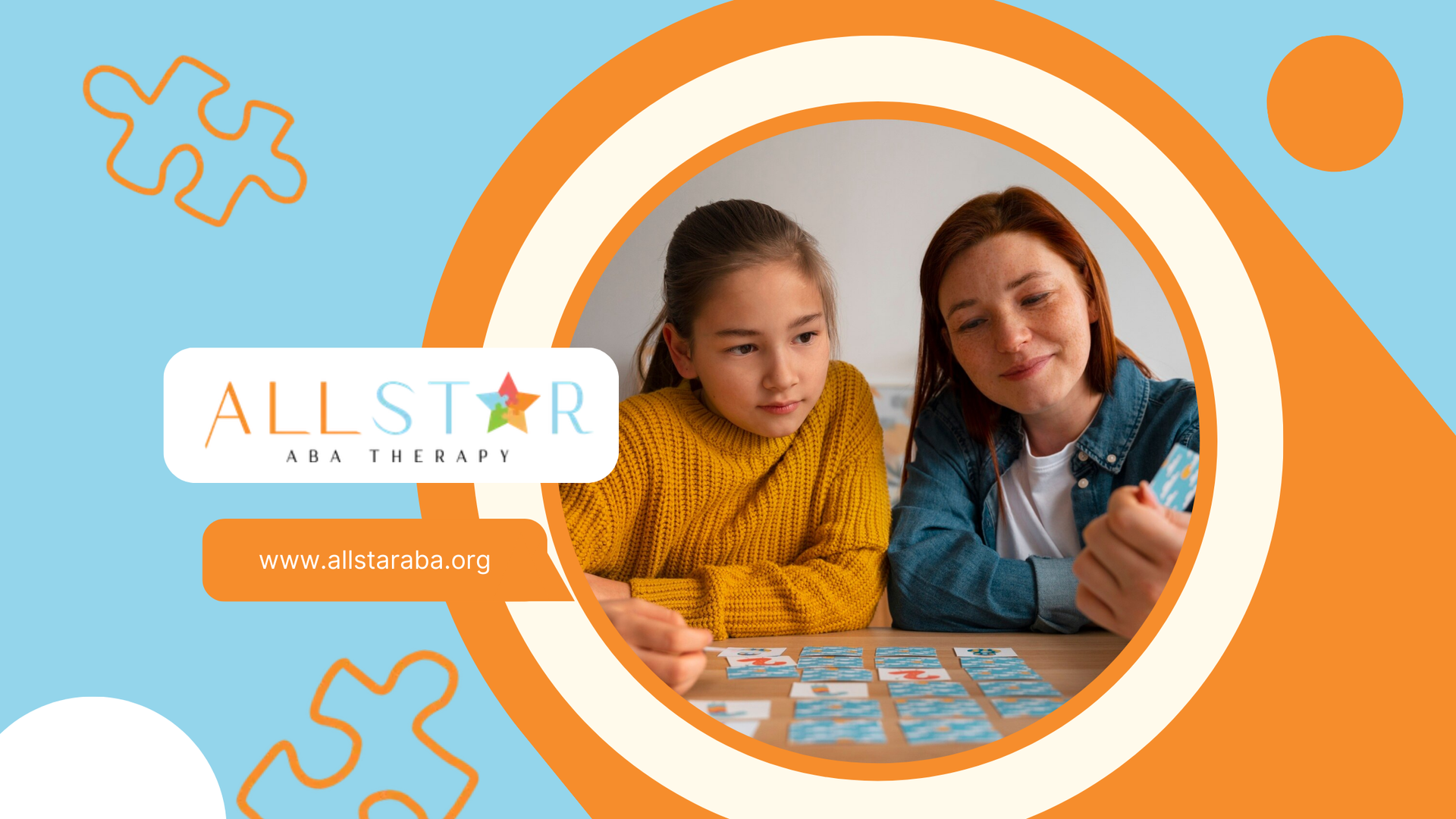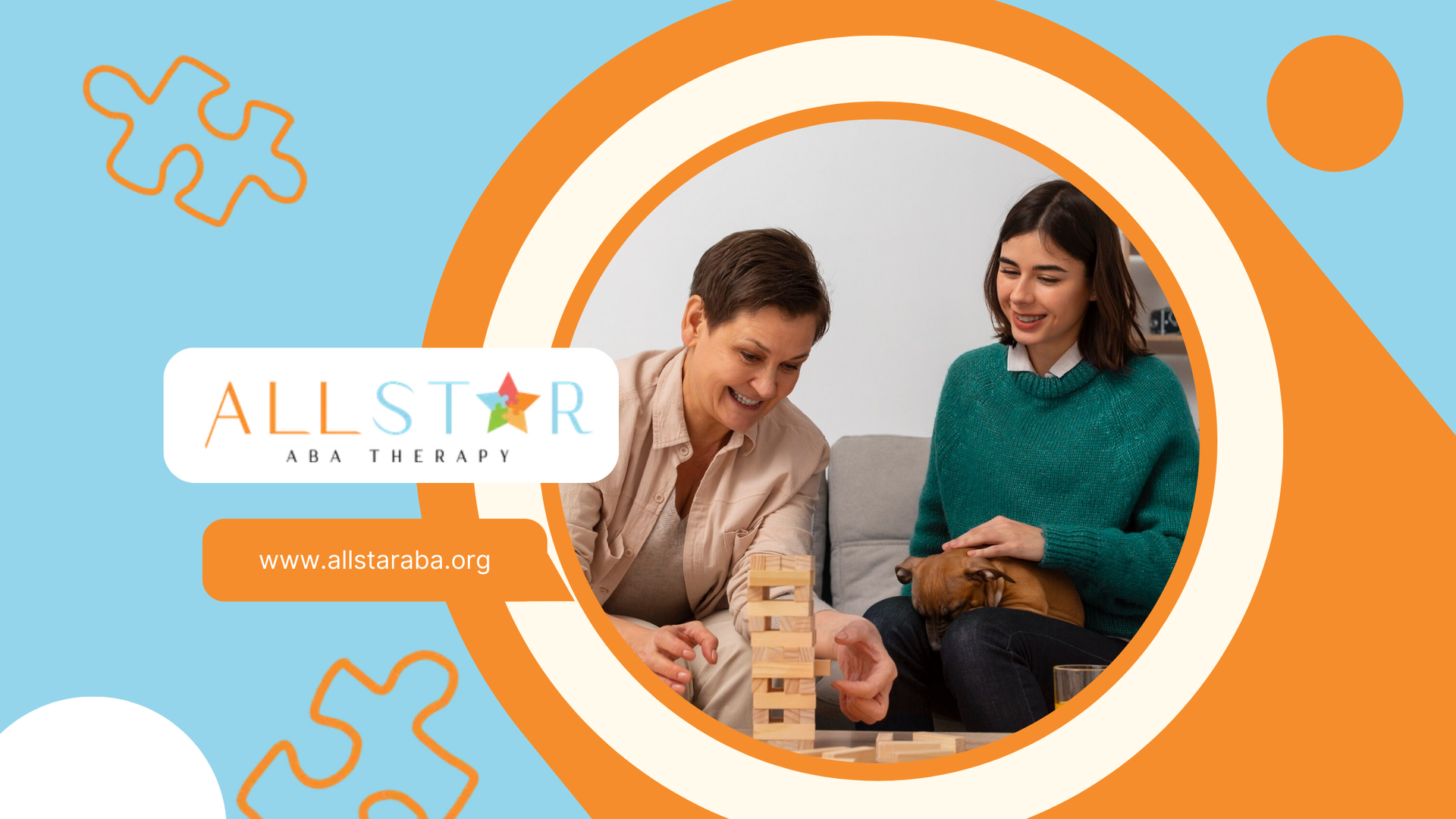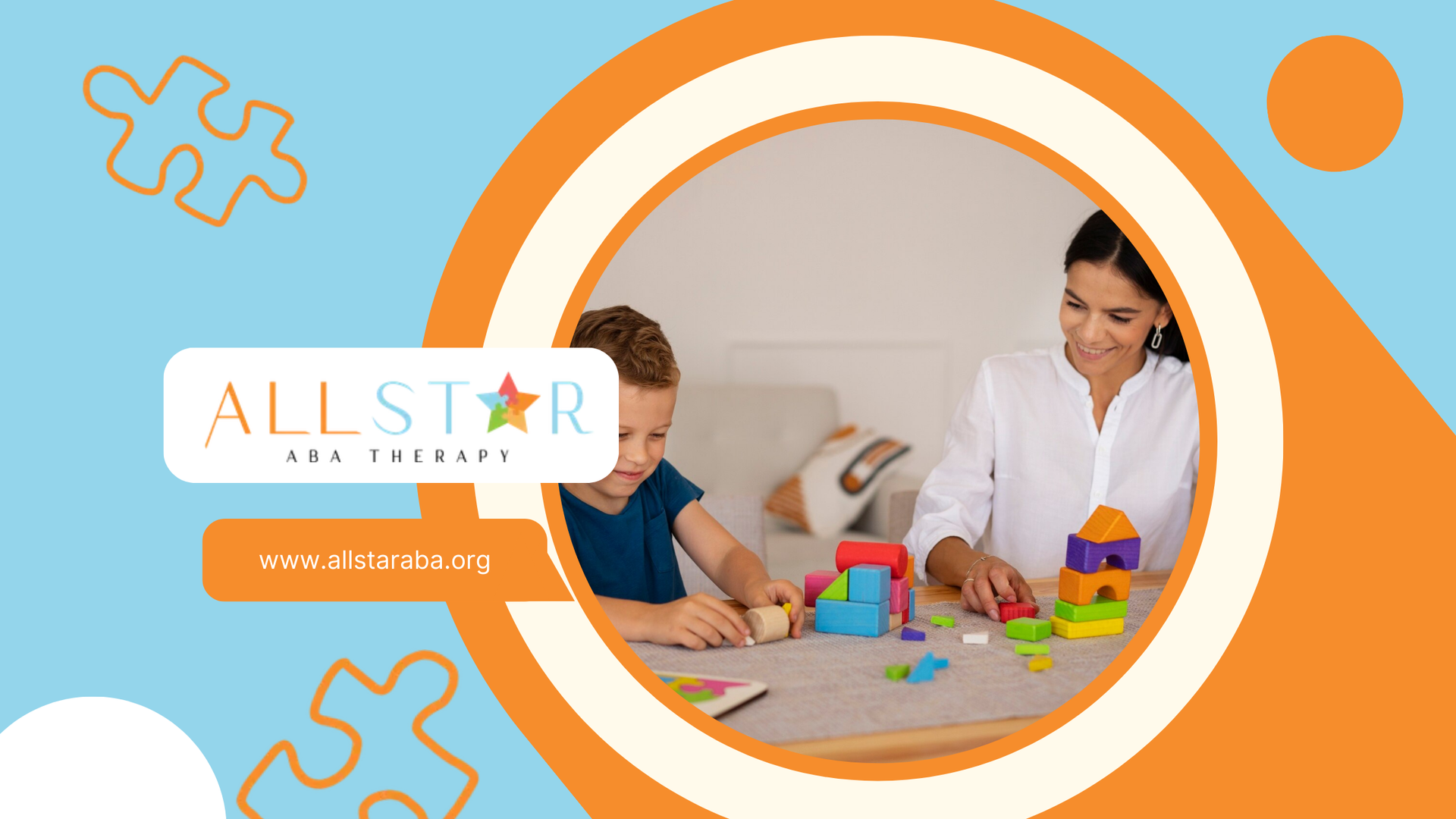New Paragraph
Where to Get an Autism Road Sign & Why It Matters for Safety
Key Highlights
- Road signs can be vital in ensuring the safety of autistic children.
- These signs alert motorists to be extra cautious in areas where autistic children may exhibit unpredictable behaviors.
- Understanding the process of obtaining and installing such signs is crucial for parents and caregivers.
- Collaboration with local authorities, including the Department of Transportation, is often necessary.
- Increased awareness and community support are essential to create a safer environment for autistic children.
Keeping your child safe is every parent’s top priority, and for families with an autistic child, road safety can be a significant concern. Many autistic children may wander, struggle with danger awareness, or have difficulty responding to traffic cues. That’s where autism road signs come in—they serve as visual reminders for drivers to slow down and stay alert in areas where an autistic child may be present.
But how do you get one installed in your neighborhood? The process may seem daunting, but with the right information, it’s entirely achievable. In this guide, we’ll walk you through everything you need to know about getting an autistic child road sign, from eligibility requirements to installation and community awareness.
Understanding Autism and Road Safety
The autism spectrum encompasses a wide range of challenges and strengths. For some autistic individuals, road safety can be a significant concern. Difficulties in interpreting social cues, sensory sensitivities, and potential for unpredictable behavior increase the risk of accidents. This is where road signs play a vital role.
By alerting motorists to the presence of an autistic child, these signs encourage heightened awareness and caution. Drivers are more likely to reduce speed, anticipate unexpected movements, and exercise patience, creating a safer environment for the autistic child and other pedestrians.
Recognizing the Significance of Special Road Signs
Special road signs tailored for autistic children go beyond standard traffic regulations. They serve as a visual reminder to motorists that a child with unique needs may be present. These signs often feature the puzzle piece symbol associated with autism awareness, further emphasizing their message.
The presence of such signs can lead to a greater understanding of autism within the community. By prompting drivers to be more cautious and considerate, these signs contribute to a more inclusive environment for individuals with autism.
Ultimately, the goal of these signs is to create a safer space for autistic children by mitigating the risks associated with their unique challenges and promoting a sense of shared responsibility on the road.
Key Challenges Faced by Autistic Children on Roads
One of the most significant challenges for autistic children is the potential for wandering or elopement. Driven by sensory overload or a desire to escape unfamiliar situations, an autistic child may wander into traffic without understanding the danger.
Additionally, common signs and signals used to direct traffic may be misinterpreted or overlooked by autistic children. The inability to accurately interpret these cues further increases their vulnerability on roads.
Therefore, it becomes crucial to implement additional safety measures, such as designated "autistic child areas" marked with clear and easily recognizable road signs, to mitigate these risks and ensure the well-being of these vulnerable individuals.
Preparing for Road Sign Installation
Before installing a road sign for an autistic child, it's essential to gather necessary documentation and identify suitable locations. This preparation ensures a smooth and effective process. Working with local authorities, particularly the Department of Transportation, is crucial for compliance and proper installation procedures.
Essential Resources and Documentation Needed
To begin the process, contact your local Department of Transportation (DOT) or equivalent authority responsible for road signage. They can provide specific guidelines, application forms, and information on required documentation.
It is helpful to familiarize yourself with the "Manual on Uniform Traffic Control Devices" (MUTCD), which provides national standards for road signs in the USA. However, remember that local regulations may have additional requirements.
| Documentation | Purpose |
|---|---|
| Application Form | Formal request for road sign installation, outlining the purpose and desired location. |
| Diagnosis Verification | Proof of an autism diagnosis by a qualified healthcare professional. |
| Supporting Documents | Any additional information relevant to the request, such as police reports of wandering incidents. |
Identifying the Right Locations for Signs
Choosing the appropriate location for the road sign is vital for its effectiveness. Ideally, signs should be placed in close proximity to the autistic child's home, particularly on streets with higher traffic volume or where the child frequently walks or plays.
Consider involving community members and neighbors in the decision-making process. Their input can help identify areas of concern and ensure the sign's visibility and relevance.
Remember, a well-placed street sign not only enhances the autistic child's safety but also serves as a powerful tool for raising autism awareness within the community.
Step-by-Step Guide to Safeguarding with Road Signs
Safeguarding autistic children with road signs involves a clear process of contacting local authorities and submitting the required documentation. By following these steps diligently, parents and caregivers can significantly improve the safety of their children and contribute to raising autism awareness.
Step 1: Contacting Local Authorities
Reach out to your local Department of Transportation to inquire about the specific procedures and requirements for installing a road sign for an autistic child. Be prepared to explain your concerns about your child's safety and why you believe a specialized sign is necessary.
During your initial contact, inquire about any available resources or programs that support families with autistic children. Local authorities may have information on financial assistance or community initiatives that could be beneficial.
Remember, clear and open communication with local officials is key to navigating the process efficiently and ensuring the successful implementation of your request.
Step 2: Submitting Necessary Documentation
Once you have obtained the necessary information and application forms from your local DOT, compile all required documentation meticulously. Ensure that all information provided is accurate and up-to-date to avoid any delays in the approval process.
If applicable, obtain copies of any relevant insurance policies or documentation related to your child's autism diagnosis and treatment. These documents may be required to support your request and demonstrate the need for the road sign.
Finally, submit your completed application and supporting documents to the designated department within the specified timeframe. Confirm receipt of your application and inquire about the estimated processing time for approval.
Conclusion
In conclusion, safeguarding autistic children with road signs is a crucial step towards ensuring their safety and well-being in outdoor environments. By recognizing the unique challenges these children face and taking proactive measures like installing special road signs, we can create a more inclusive and supportive community for them. Collaboration with local authorities, proper documentation, and strategic placement of signs are key aspects to consider in this process.
If you’re looking for expert guidance and personalized therapy, All Star ABA is here to help. Our dedicated team of professionals specializes in ABA therapy, helping autistic children develop essential life skills, improve communication, and foster independence.
Take the next step in supporting your child’s growth. Contact All Star ABA today to learn more about our tailored therapy programs!
Frequently Asked Questions
How do I request a special road sign for an autistic child?
To request a special road sign for an autistic child in the USA, contact your local Department of Transportation. They'll guide you through the process and provide the necessary forms.
What documentation is needed for road sign approval?
Documentation for road sign approval often includes an application form, verification of an autism diagnosis from a healthcare professional, and potentially supporting documents like police reports or letters from therapists.
Where should autistic child road signs be placed for maximum effectiveness?
For maximum effectiveness, autistic child road signs should be strategically placed near the child's home, particularly on streets with high traffic or where they frequently walk or play.
Sources:
- https://cals.cornell.edu/nysltap-local-roads/are-child-autism-signs-allowed-and-if-so-what-are-rules-placing-them
- https://highways.dot.gov/safety/pedestrian-bicyclist/safety-tools/pg-433-446-manual-uniform-traffic-control-devices-mutcd
- https://www.marcus.org/autism-resources/autism-tips-and-resources/what-to-do-when-your-child-elopes
- https://theautismproject.org/training-education/elopement-prevention/elopement-prevention-family
- https://health.clevelandclinic.org/autism-elopement
- https://pmc.ncbi.nlm.nih.gov/articles/PMC4524545/
Need Support?
We're Here to Help!
Our experienced team is ready to assist you. Reach out today to discuss how we can support your child's development and well-being.
Get started with expert ABA therapy today.
Related posts

All Star ABA delivers the gold standard of care, Applied Behavioral Analysis (ABA) therapy, for individuals diagnosed with ASD, from infancy to age 21.
Quick Links
All Rights Reserved | All Star ABA







